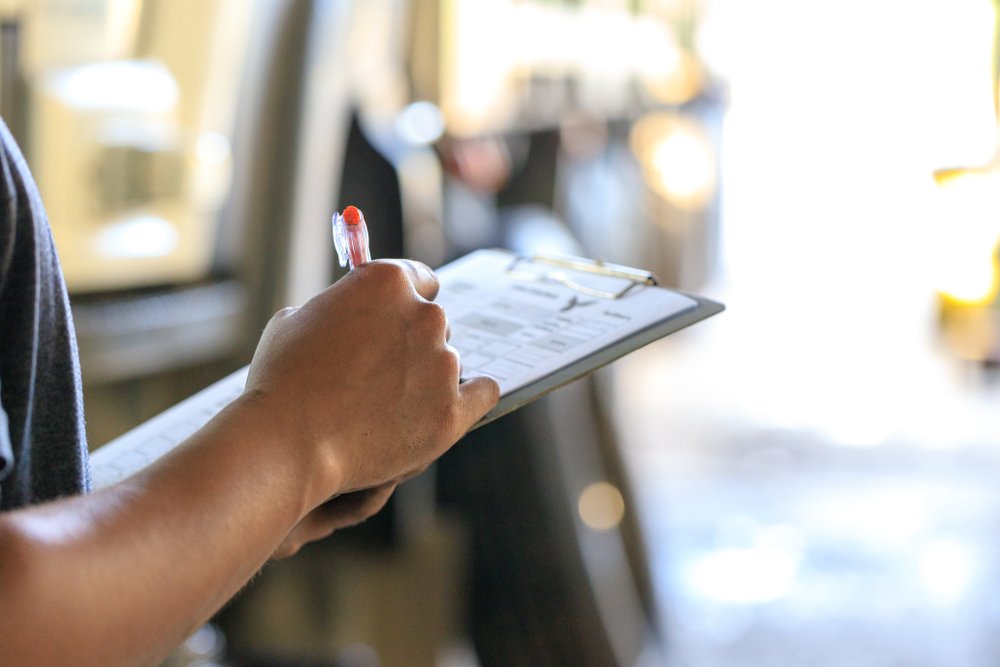5 Considerations When Designing Your Facility’s Fire and Life Safety System
A fire and life safety system is essential for any facility — whether it is a commercial building, educational institution, healthcare center, or other public venue. These systems play a critical role in safeguarding occupants, minimizing property damage, and guaranteeing a swift and orderly response during emergencies.
A well-designed fire and life safety system not only complies with regulations but also demonstrates a commitment to the well-being of those within the space. Forethought must guide every decision in the design process to ensure all safety measures are comprehensive and tailored to the specific needs of the facility. Here’s a look at five key considerations.
Compliance with codes and standards
The first consideration in designing a fire and life safety system is compliance with the relevant codes and standards. This involves understanding and following local and national regulations, becoming familiar with fire and life safety codes, and confirming the system meets all required standards. Examples include the National Fire Protection Association (NFPA) and International Building Code (IBC) standards. This matter isn’t just a legal requirement; it’s a crucial means of ensuring the safety of occupants and the protection of property.
Risk assessment and analysis
The cornerstone of a well-rounded fire and life safety strategy lies in conducting a thorough risk assessment and analysis. This step involves identifying possible hazards within the facility’s context, ranging from fire-prone materials to obstructed escape routes. By evaluating these risks, you’ll gain an understanding of potential vulnerabilities, which you can use in designing a responsive safety system that accounts for a wide spectrum of scenarios.
System design and layout
An effective system hinges on its design and layout. Selecting the right combination of components, including sprinklers, alarms, lighting, and alerting, will be imperative. Strategically plan the system’s layout for optimal coverage and functionality. Don’t forget to account for the facility’s unique characteristics — such as its size, occupancy, and distinct hazards. For example, a healthcare center might require specialized alarm systems to accommodate patients with mobility issues, while a sprawling industrial complex may demand a layout catering to the presence of volatile materials.
Integration and compatibility
Seamless integration and compatibility form the crux of a robust fire and life safety system. Beyond the individual system components, you must ensure these systems can work together harmoniously. Verify compatibility across different safety components and forge connections with other vital building systems like HVAC and security. The efficacy of this integration will depend on the smooth flow of information and coordinated responses to form a cohesive network fortifying the facility’s overall safety infrastructure.
Regular maintenance and inspection
Maintenance is vital for the long-term effectiveness and reliability of a safety system. A well-devised maintenance schedule should be established, encompassing routine inspections and rigorous testing of all fire and life safety equipment. This proactive approach not only identifies potential issues before they escalate but also guarantees optimal system operation when it matters most. Implementing a documentation system for maintenance and inspection records can further solidify accountability, aiding in tracking and demonstrating the system’s continuous compliance and operational readiness.
Design and implement with purpose
A fire and life safety system isn’t merely the sum of its individual components but rather the collective result of the efforts invested in its design. Through detailed planning, careful consideration, and a forward-thinking approach, you can create a comprehensive safety infrastructure to protect the lives of the occupants and the integrity of the property. There’s simply no substitute for taking the time to understand the unique features of the facility — its design, use, and functions — and then developing safeguards around them.
Learn more about what to consider when designing a fire and life safety system by emailing fire@TRLsystems.com or calling 1-800-266-1392.




